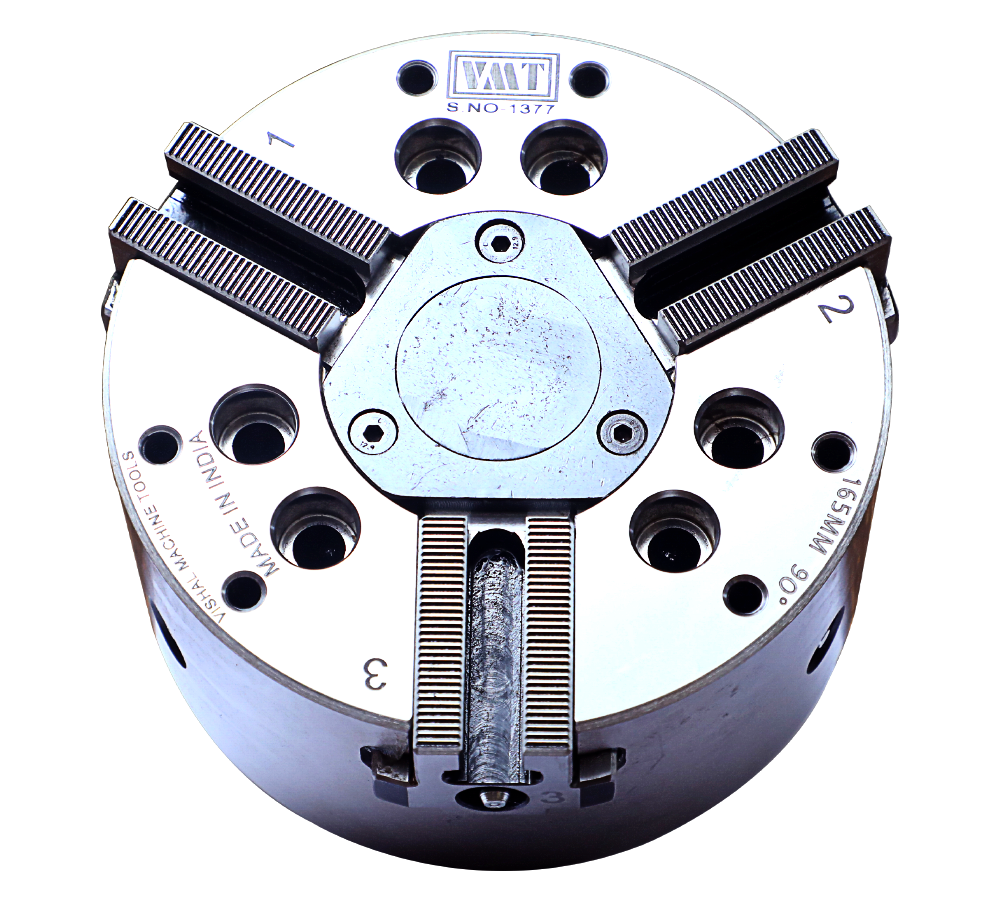The Role of Compensation Chuck in CNC Machining
In the world of CNC machining, precision is everything. Manufacturers constantly strive to produce high-quality products that meet the strictest tolerances and specifications. The compensation chuck is a crucial component that plays a significant role in achieving this precision.
Minimizing
errors and optimizing productivity
Compensation chucks solve this problem by applying flexible pressure on the workpiece, conforming to its shape, and compensating for irregularities. Ensuring proper alignment and secure clamping minimizes errors associated with material deformation or shifting during machining processes.
Maintaining a
superior surface finish
Achieving a superior surface finish is another critical aspect of CNC machining applications. A rough or uneven surface affects aesthetics and compromises functionality in some cases—compensation chucks aid in maintaining a consistent surface finish throughout the machining process.
Ensuring
optimal tool life and cost savings
Compensation chucks help distribute cutting forces evenly across the entire tool surface by accurately aligning and securely holding workpieces. This reduces stress concentration on specific tool areas, extending their lifespan and reducing the need for frequent replacements.
Conclusion
In summary, compensation chucks play a crucial role in CNC machining by enabling precision performance through accurate alignment, secure clamping, and compensating for workpiece irregularities. They minimize errors, optimize productivity, maintain superior surface finish, ensure optimal tool life, and contribute to cost savings. Investing in high-quality compensation chucks is essential for manufacturers looking to achieve superior results in their machining operations while maintaining efficiency and reducing costs.


Comments
Post a Comment